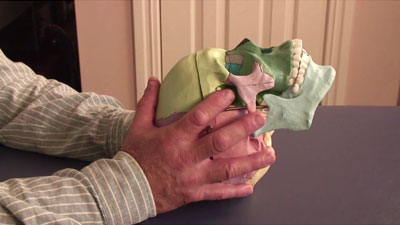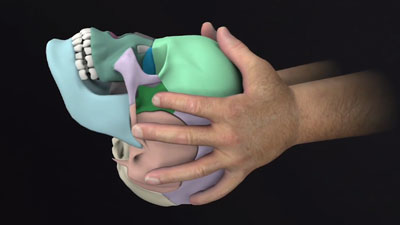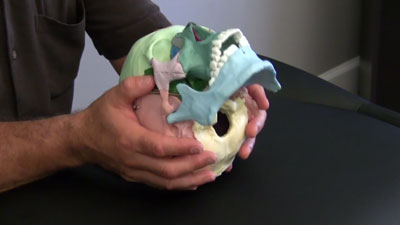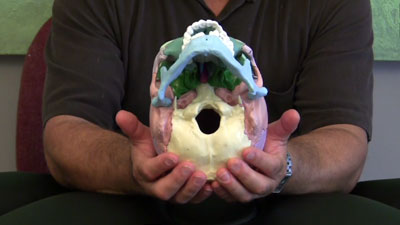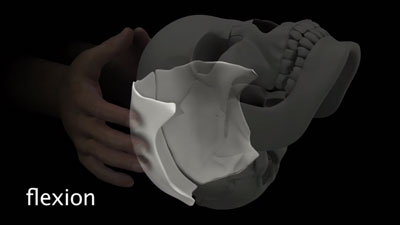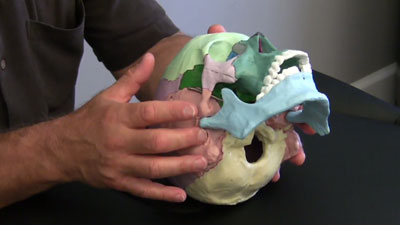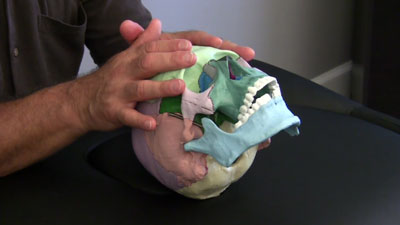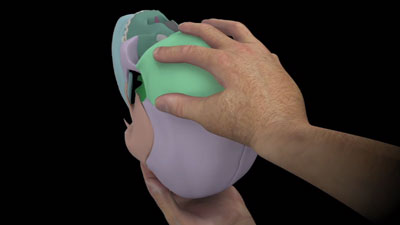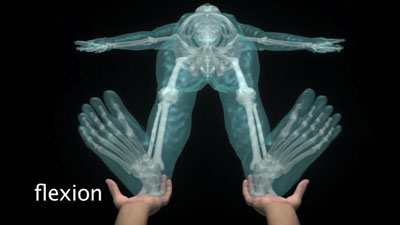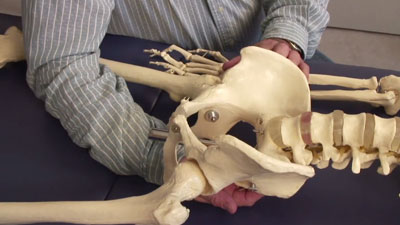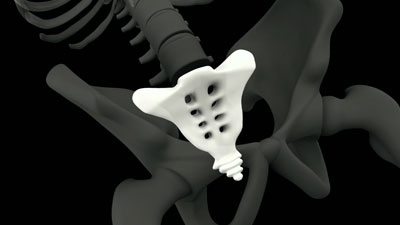-
Lesson: 1
Cranial Holds
We will be using a variety of different “holds” or hand placements throughout this series. Each one gives us a slightly different point of focus or perspective through which we will communicate with the Craniosacral system. This lesson will be an overview of several of the holds. We will be talking about each one in more detail in later lessons.Watch Lesson -
Lesson: 2
The Greater Vault Hold
In this lesson we will use the Greater Vault hold to begin exploring the Craniosacral system and the larger Biodynamic fields. We will begin the practice of establishing our practitioner fulcrum and then listening to the fluidic flexion and extension.Watch Lesson -
Lesson: 3
Becker’s Hold
Becker’s hold is a modified vault hold that can be useful if your hands are not large enough to comfortably be in the Greater Vault hold. In this lesson we will review the hand placement for Becker’s hold and practice listening to the Craniosacral fluid system.Watch Lesson -
Lesson: 4
The Occipital Cradle
In this lesson we will review how to place your hands in the Occipital Cradle hold. We will practice listening to flexion and extension using the Occipital Cradle and begin to listen for the Cranial Rhythmic Impulse (CRI).Watch Lesson -
Lesson: 5
The Parietal Hold
In this lesson we will learn how the parietal bones express their motion during flexion and extension. Then we will review the hand placement for the parietal hold and continue our exploration of the Craniosacral system.Watch Lesson -
Lesson: 6
The Temporal Hold
This lesson reviews the positioning for the Temporal Bone hold and discusses the importance of maintaining a light touch and open focus, especially when using this hold.Watch Lesson -
Lesson: 7
The Frontal Hold
In this lesson we will learn how the frontal bone expresses motion during flexion and extension. Then we will review the hand placement for the Frontal Bone Hold and continue listening to the movement of the craniosacral system from this perspective.Watch Lesson -
Lesson: 8
Alternate Frontal Hold
The Alternate Frontal Bone Hold is a modified frontal bone hold that is useful when listening to midline structures such as the reciprocal tension membrane.Watch Lesson -
Lesson: 9
Overview of the Listening Stations
Craniosacral holds are not limited to the head. In this lesson we will go over the various listening stations that we can use to tune into the craniosacral system from other parts of the body.Watch Lesson -
Lesson: 10
Working at the Feet
The feet can be one of the most powerful places for craniosacral work. In this lesson we will go into more detail about holding at the feet and practice listening to the fluid tides from that position.Watch Lesson -
Lesson: 11
The Sacral Hold: Part 1
In this lesson we will review the process for placing your hands and body in the correct position for the Sacral Hold and learn how the sacrum moves during flexion and extension. Then we will practice listening to this motion and how that motion exists within the motion of the entire body and the wider field.Watch Lesson -
Lesson: 12
The Sacral Hold: Part 2
We continue our exploration of the sacrum by learning an alternate, side-lying sacral hold. We will also learn about bending and shearing movement patterns that you may feel expressed through the sacrum.Watch Lesson
